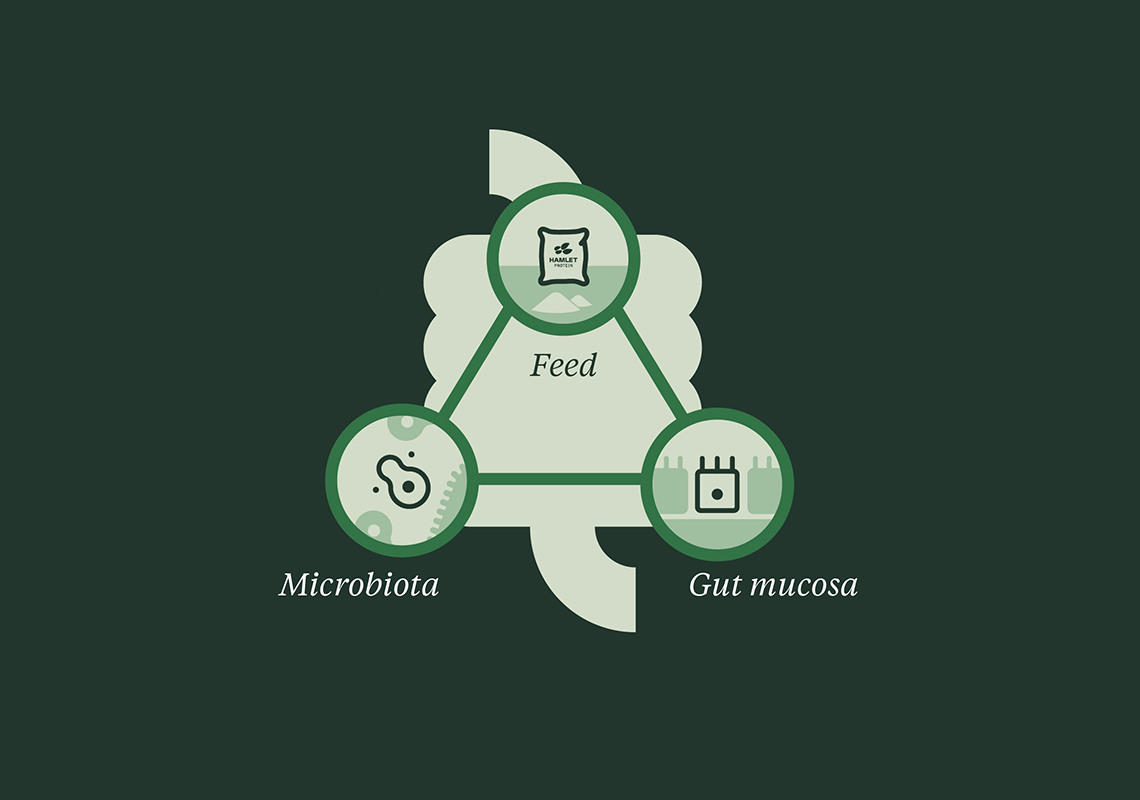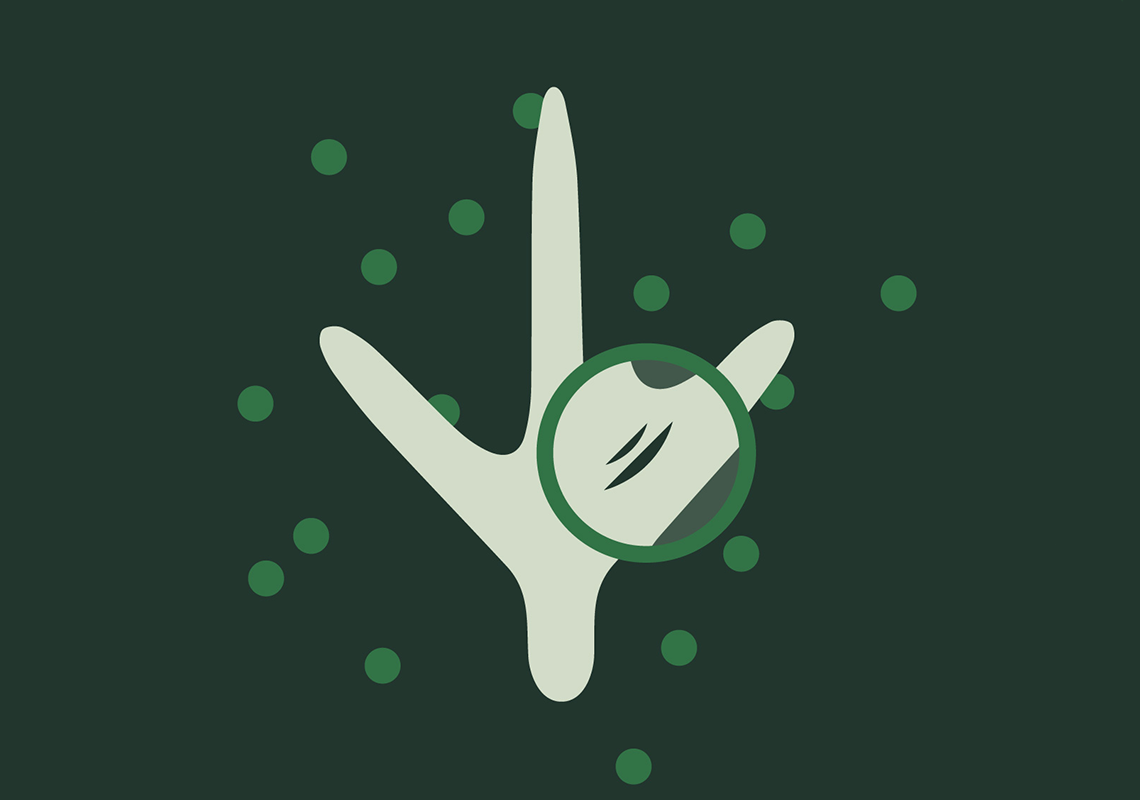Reduction in antibiotics and footpad dermatitis
Research has confirmed that HP AviStart from HAMLET PROTEIN is similarly effective in optimizing the weight and feed conversion rate of broilers as a wellknown antibiotic growth promoter. But efficient broiler production is not all about performance. Animal welfare issues such as foot pad lesions are an equally important concern. The results of a feeding trial indicate that starter feed with specialty soy protein could be part of the solution.


Better gut health with reduced need for antibiotics
The ban or rejection of the use of antibiotic growth promoters (AGP) in poultry feed in many countries as well as the increasing restrictions on the use of antibiotics therapeutically are leading to a new paradigm in poultry production. The absence of antibiotics in the feed indeed exposes underlying intestinal problems not necessarily related to infections but to inflammatory responses to dietary factors.
Nowadays, there are numerous feed additives developed with the aim of replacing AGP and antibiotics. However, even with the multitude of imaginable additive mixtures, the quality of the feed ingredients undoubtedly plays a star role in AGP- and antibiotic-free production systems. In this regard, SBM ANF may be the origin of intestinal issues in chickens, reducing their performance. This is particularly critical when it comes to antibiotic-free diets and coccidiosis vaccination.
Hamlet Protein has carried out research with chickens where it has been shown that the addition of enzymatically treated soy protein in starter feed of coccidiosis-vaccinated chicks, with or without AGP throughout the production cycle, equals the weight of the birds infected with Clostridium perfringens and their FCR to that of uninfected chickens. Thus, regardless of the additives we use, the reduction of soy ANF in the starter feed becomes even more necessary when we no longer have antibiotics or coccidiostats.

Reduction in footpad dermatitis
Footpad dermatitis (FPD) is one of the most frequent problems that occur in broiler chicken farms today. It is characterized by lesions on the feet of poultry, which can vary in size and severity. There are a number of reasons that can influence whether or not birds show incidence of FPD. The main single factor is the corrosive effect of wet or damp litter resulting from high amounts of liquid faeces. Therefore, besides water provision, stocking density, climatic conditions and ventilation, feed ingredients play an important role in the triggering of FPD.
Typical SBM contains 4.5-10% indigestible galacto-oligosaccharides (maily raffinose and stachyose), which are unable to be digested by birds, Thus, soy oligosaccharides pass through the small intestine undigested and increase passage rate and luminal fluid retention. So, such indigestible carbohydrates exert an osmotic effect in the gastrointestinal tract until they are fermented. However, the fermentation capacity in the chicken intestine is limited and, consequently, part of these oligosaccharides is not fermented, triggering the above mentioned osmotic effect. The higher osmotic effect makes the digesta watery, which reduces its transit time in the gastrointestinal tract of the chicken, increasing the excretion of liquid feces and the humidity of the litter, clearly FPD predisposing factors.
A series of trials conducted by Hamlet Protein in several feeding regimes, all replacing some SBM with enzyme-treated protein (with an extremely low oligosaccharide content) have shown that Hamlet Protein offers a reliable option for reduction of footpad dermatitis incidence and severity.
Read more details about the trial by clicking below.

CONTACT YOUR LOCAL SALES MANAGER


